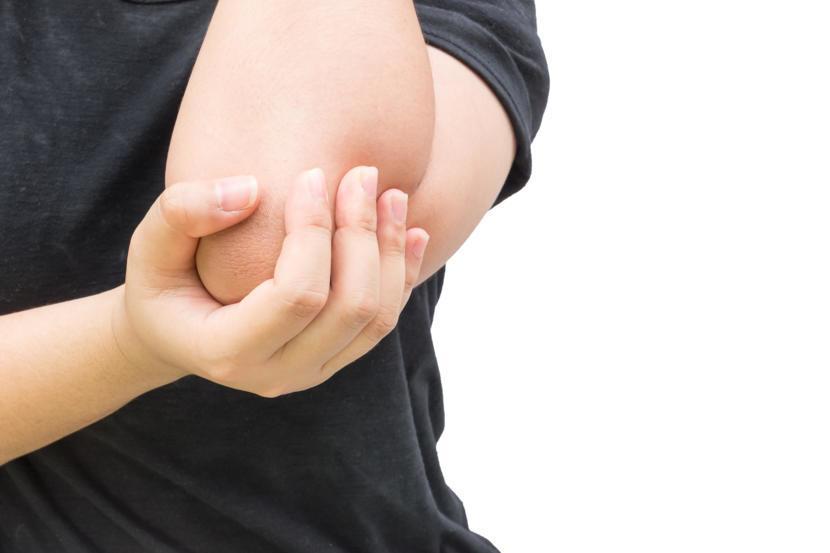
Bursitis has become one of the most common physical ailments causing shoulder pain. Shoulder bursitis is usually caused by an overuse of the supraspinatus muscle, especially in movements that require an extended use of the arms. Once the small sacs that offer cushion to the bones and tendons become inflamed, they cause a condition known as bursitis. The continuous scraping together of our joints is typically the reason of this bursa irritation. It provokes lots of pain, and in some cases, it can become chronic and disabling.
It is important to note, says orthopedic specialists of Seattle, that problems with shoulders are not the same. Many people confuse bursitis for tendonitis. However, tendonitis has to do with the tendon becoming inflamed. The bursa is a small fluid-filled buffer between the bones and the tendons. Around 150 of them are in the human body, especially at the knees, elbows and hips, and they form a buffer of loose connective tissue and mucous membrane.
Their task is to reduce the friction during movements of the joint. When loaded, bursae form even more fluid to cushion sudden shocks. If the load decreases, the liquid is normally broken down again. But with a bursitis, the breakdown stops, and the bursa swells and hurts.
Can Bursitis Trigger Rheumatism?
Bursitis can be triggered by many different causes. Often, it will manifest by overloading a particular body part, but trauma and rheumatoid arthritis can also be a cause. Bursitis is more common in rheumatoid arthritis of the elbow, but may also be the case in other parts of the body such as the knee or shoulder. Thus, it’s important to consult a specialist to determine what the best form of treatment will be.
Symptoms And Treatment
An acute bursitis on the knee or elbow leads to swelling, overheating and pain. The joint loses mobility and should be rested and cooled with cold compresses. Patients with severe pain can also take an anti-inflammatory analgesic for two to three days. If this does not lead to any significant improvement in the symptoms, within a few days, the patient should consult a doctor. And bursitis must heal thoroughly to prevent it from spreading to the joint.
If resting and immobilizing the affected area does not help, a doctor can puncture the inflamed bursa with a sterile syringe. The doctor will remove the fluid and pus gently, thereby relieving the swelled bursa, and in case of a bacterial infection, antibiotics will be used.
In some cases, a cortisone syringe can reduce inflammation. If the bursa becomes inflamed again and again, there may be another cause behind it, such as an irritated tendon or a change in the bone. In that case, cortisone can aggravate the problems. If the doctor finds there is tendon or bone damage, surgery may be the best treatment to repair the underlying problem.
Doctors warn to rest the affected joint so not to provide more stress than necessary and to give the bursa time to heal. Initially, use cold and heat applications and anti-inflammatory medications. Also, targeted exercises can help strengthen the muscles, tendons and joints and soothe any friction. If conservative methods are unsuccessful, then surgery of the inflamed bursa – a bursectomy – is necessary.




